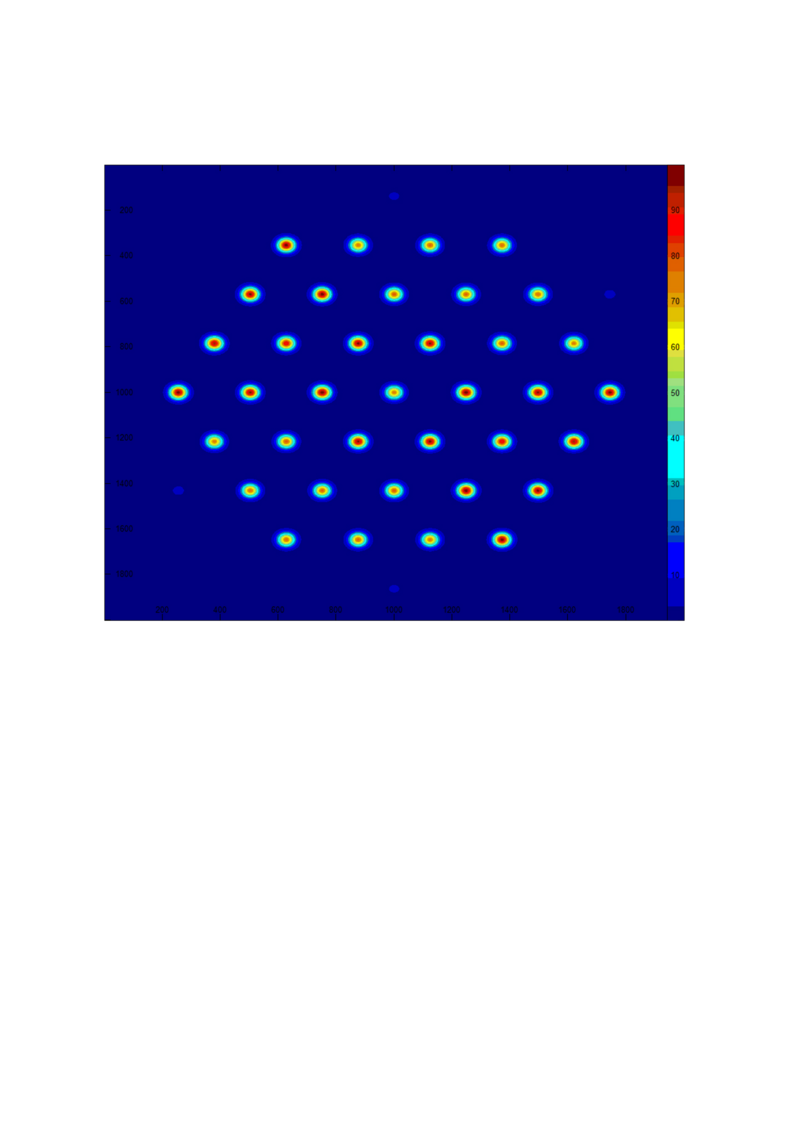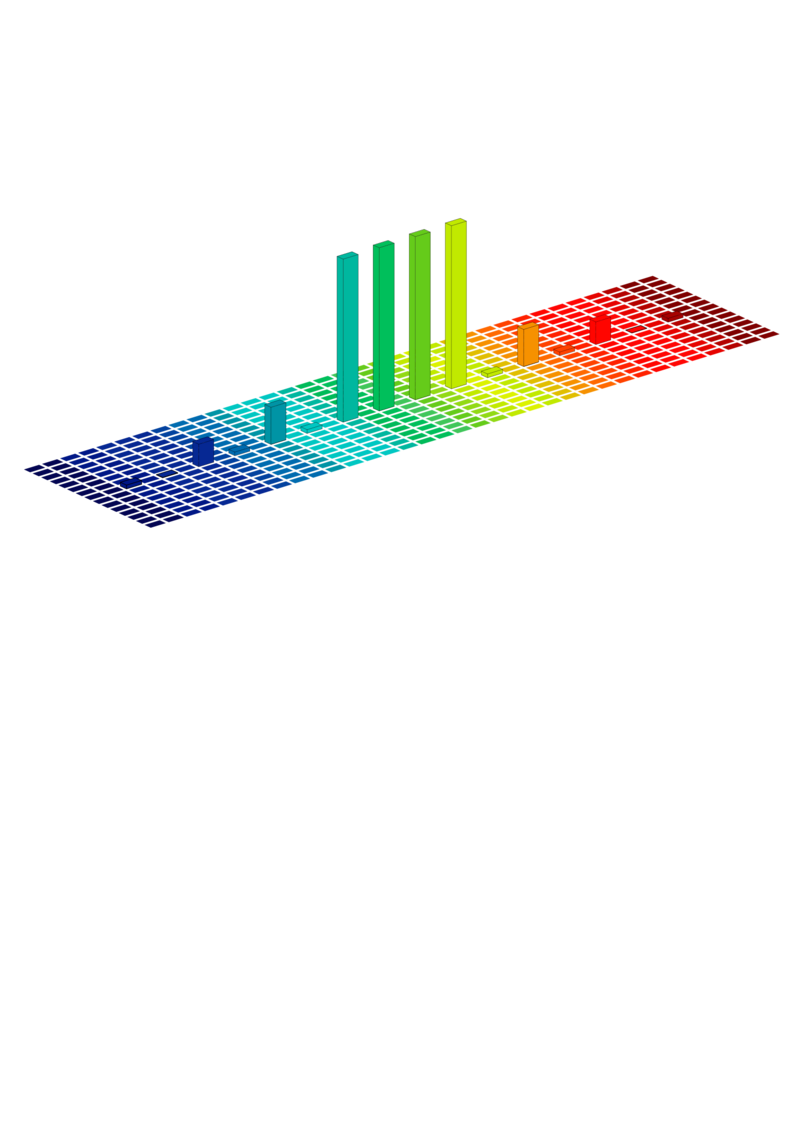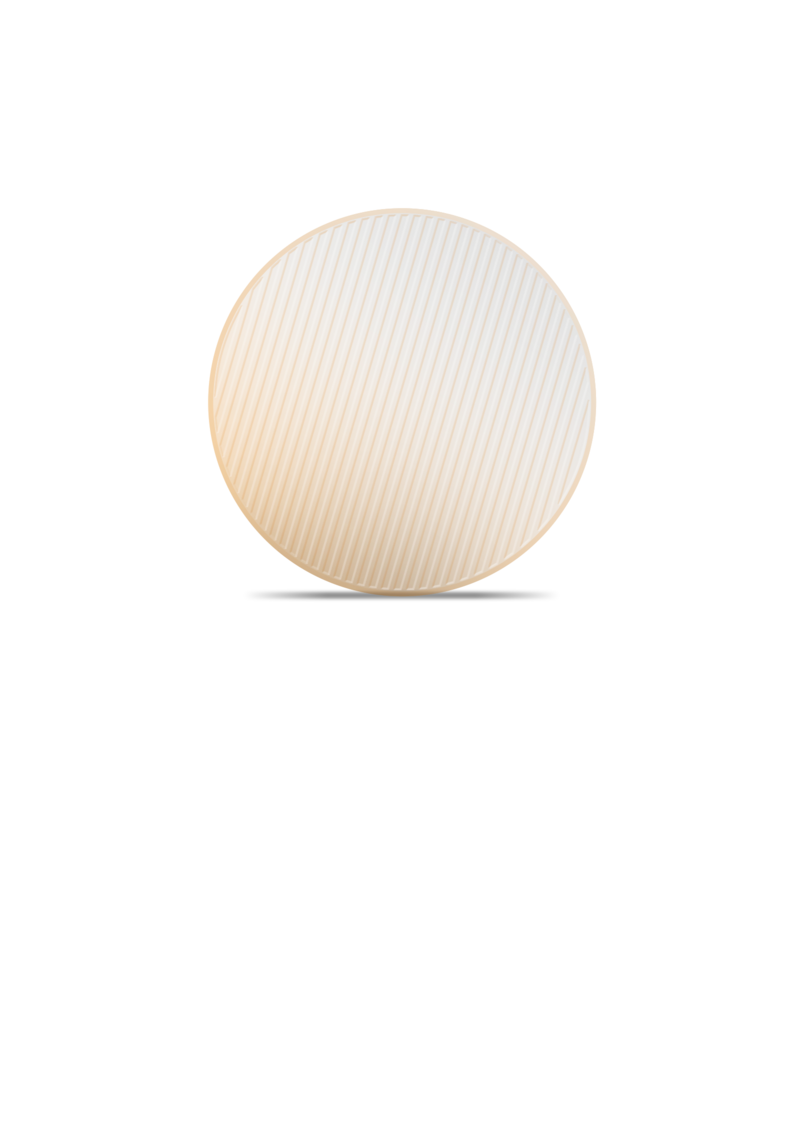Stable Top Element | Diffractive Optics
EASY TO USE DOEs
CREATED FOR
OUR CUSTOMERS
Diffractive Optical Stable Top Elements
In various industries there is a need to create a spot with uniform intensity and sharp transition regions. Our partner Holo-Or supplies for over a decade custom and stock Top-Hat Elements that accept a well-defined Gaussian beam, and transform this into a uniform intensity spot in a specific work plane.
Over the years customers asked for a design that is less sensitive for the position, orientation and beam quality of the input beam. In order to address this need Holo-Or introduced the Stable-Top design family.
In this application note we emphasize the difference between the traditional Top-Hat design and the newer Stable-Top version.
For general application information including
- Operating Principal
- Typical Set-Up
- Magnification of the Spot
- Design Considerations
we wish to refer to our Top-Hat application note: Free Download
Experience the benefits
Beyond Borders

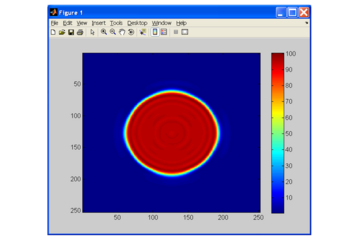
Characteristics
If we compare the Stable Top with the Traditional Top-Hat design we will find the new Stable Top to be:
- Less sensitive to misalignment, (X-Y)
- Less sensitive for elipticity of the input beam
- Less sensitive for the beam quality of the input beam
- Less sensitive to the orientation of the input beam
- To have a sharper edge
From the negative side one can expect:
- Stronger side lobs
- Larger ripple in center
Comparison of Simulation (Nominal)
For a specific design we found the transfer region to be 2 times smaller for the new design (defined as the length of the region where the intensity of the spot climbs from 14% till 90% of the maximum). Although this value may differ per design, it is expected to be representative for this design family.
Unlike the traditional Top-Hat where in theory a virtual ripple free intensity profile can be obtained, the Stable-Top will even in theory have a minor ripple in its uniformity as displayed in figure 1.

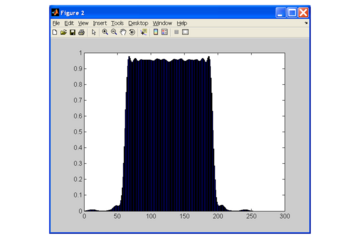
Simulation intensity
for Stable-Top
When one takes a cross-section of the intensity profile, (displayed in figure 2) one can see that the ripple for this specific design is very small (~2% in our case), and the shape is rather random. This special shape helps to compensate for all kind of mis-alignments.

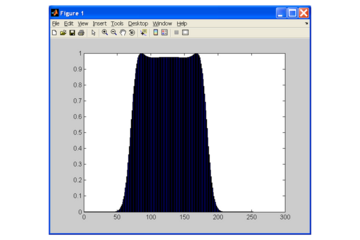
Simulation intensity
with Traditional Top-Hat Design
Comparing the profile with that of the traditional Top-Hat design (displayed in Fig. 3) on sees the uniformity to be about the same. One can also see that the traditional design has virtually no side lobs, but has a larger transfer region.
Comparison of Misalignment
For a specific design we compared the effects for a few types of misalignments. In figure 4 one can see that the new stable top design keeps a well defined and sharp edge even when the element is not well aligned with the beam.

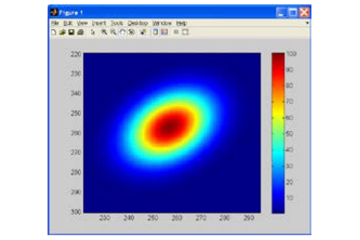
In figure 5 one can see that the new stable top design keeps close to the desired round shape for an elliptical input beam that is orientated 45 degrees from the axis.
Contact Our Experts
For further advice
Contact our Experts

Product Selection
Beyond Borders
LASER COMPONENTS Germany - Your competent partner for optical and optoelectronic components in Germany.
Welcome to LASER COMPONENTS Germany GmbH, your expert for photonics components. Each product in our wide range of detectors, laser diodes, laser modules, optics, fiber optics, and more is worth every Euro (€/EUR). Our customized solutions cover all conceivable areas of application: from sensor technology to medical technology. You can reach us here:
Werner-von-Siemens-Str. 15
82140 Olching
Deutschland
Phone: +49 8142 2864-0
Email: info(at)


